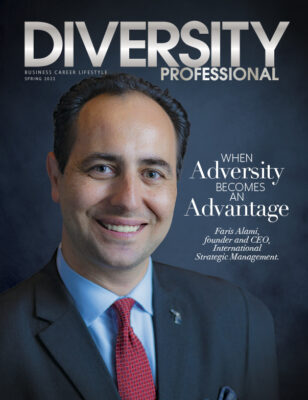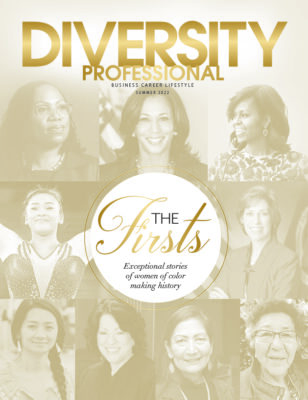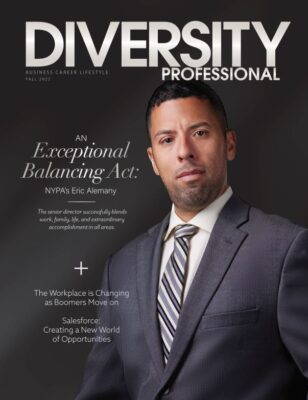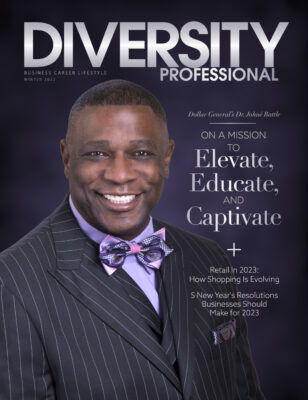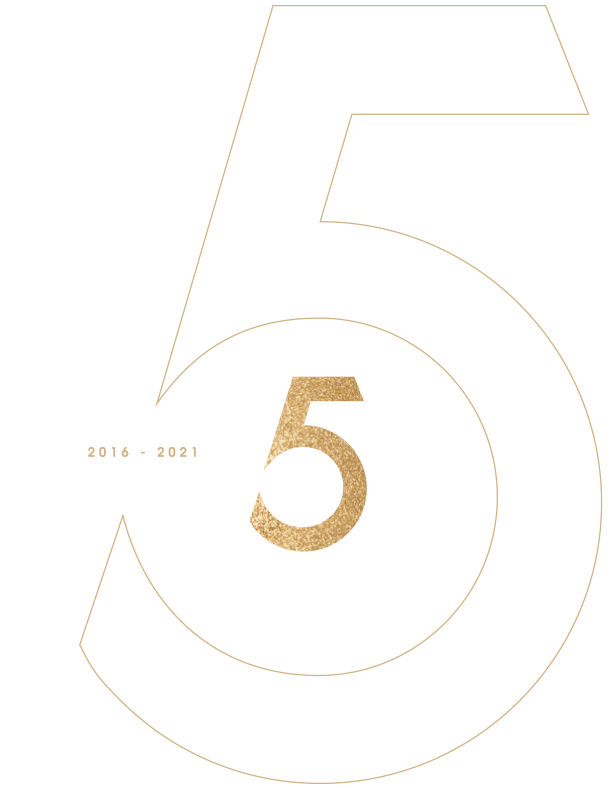Identifying The 5 Mental Models Of Diversity, Equity And Inclusion
Working collectively to create a more equitable society.
As individuals, we each have our own story of how or why we engage in the work of diversity, equity and inclusion. While some of us may be far along in our DEI journey, others are just now joining the conversation. To better understand someone’s lens and perspectives concerning DEI, it benefits us to know an individual’s mental model. Understanding mental models allows DEI champions and allies to be better positioned to influence the likelihood of others engaging in inclusive leadership practices. Because mental models can vary, contained in this article is a breakdown of a few examples and signs to help identify them.
Active Opposition
Active opposers are typically deeply rooted in their choice to be a strong opponent of DEI. These are the people whose minds cannot be changed and are committed to disrupting the work of DEI. The potential for engagement is slim, and often leads to the determination that the energy of trying is in vain. Let them be – there are far too many other people that can be persuaded. Putting our energy into changing the minds of active opposers can cause burnout. The best way to interact with these individuals is to not engage in heated conversation and to show them love in the best way you can.
Passive Unawareness
These are the people who are unaware and cannot engage in the work of DEI, simply because they are uninformed. Passively unaware individuals can be identified by their lack of engagement in the conversation and their inability to recognize the severity of the problems in equity and equality. If you notice a group discussing the lack of diversity on a panel, and this person doesn’t engage, bring them into the conversation. After getting them to the discussion, if they share, they don’t have much to add to the subject or don’t have the point of view to weigh in; we can infer that they are passively unaware. This is an opportunity to connect and expose the individual to broader perspective. Reach out to have a one-on-one conversation. Ask questions, share your personal investment in DEI, and listen.
Passive Awareness
Passively aware individuals can appreciate that attention is being given to the work of DEI but see it as someone else’s responsibility…the bystander effect. They see this as the work of someone else instead of taking ownership to help solve for inequity. Oftentimes, this disengagement comes from feeling that DEI is about marginalized communities. If someone doesn’t identify with a marginalized community, they may be dismissive about their personal accountability. Because this person is aware of the need to value DEI, they can be persuaded to deepen their engagement and begin to see themselves as part of the solution. Meet them where they are. Invite them for a chat. Ask them questions to suggest entry points of engagement that feel comfortable as they start an intentional journey of modeling inclusive leadership.
Active Awareness
Actively aware mental modelers know this work is necessary and are actively working to advance it. These are DEI practitioners, human rights activists, social justice workers, but they are also regular people who work to advocate for others daily. They work to bring others to the forefront and to make space at the table to center voices that are rarely heard from. Active awareness can be practiced by speaking up for silenced voices, self-education through books, documentaries, discussions, etc., and pushing for equity and inclusion in personal and professional spaces. They are the key champions to bring others to the party.
Overactive Awareness
At times, active awareness can go a little too far and even hinder the efforts to advance one’s engagement in DEI work. Those who have hyperawareness are often early adopters of the work or they have been victimized in such a way that they are headstrong about the work and wish to see results by any means necessary. An example of overactive awareness is cancel culture. If a person/ organization shares something offensive, exclusionary or politically incorrect, this mental model will cancel them. Instead of extending grace and allowing for correction, growth and progress, they automatically ostracize. By going to such extremes, we push people further away from this space. We must extend grace and avoid being overactive or we lose all opportunity to influence change in behavior.

